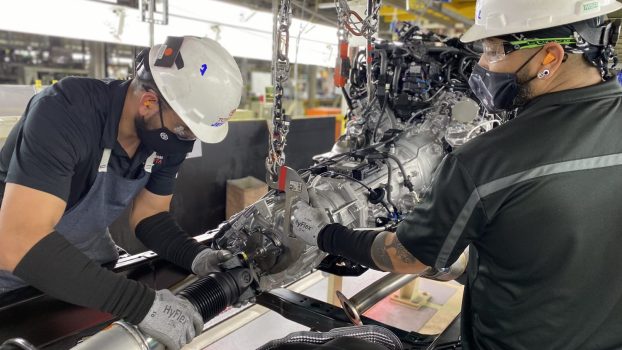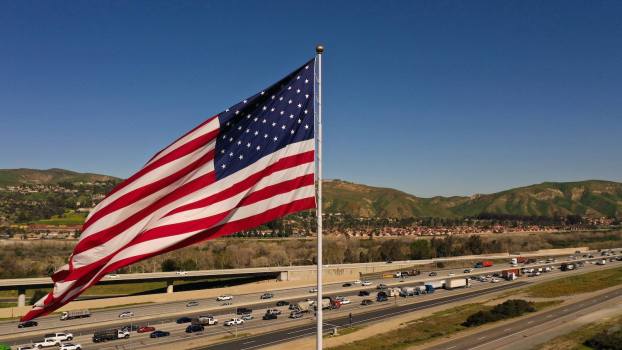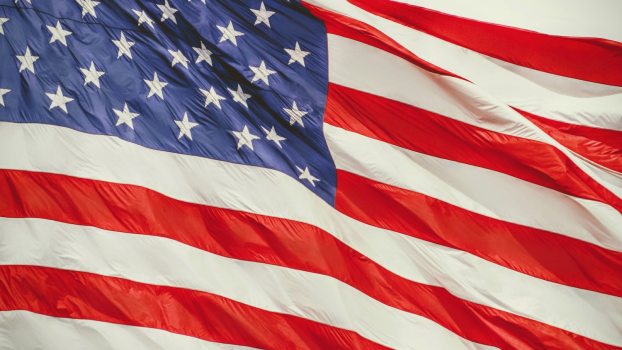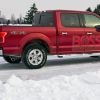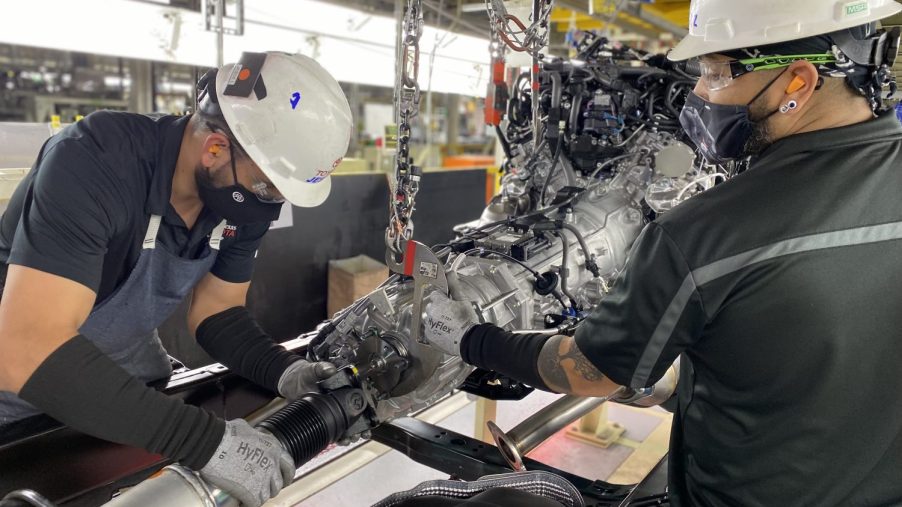
What Toyotas Are Made in the US and Where?
Despite being headquarted in Japan, Toyota has been manufacturing cars in the United States of America for more than 35 years. Toyota has 10 factories dispersed throughout the country, employing more than 470,000 workers. If “Made in America” is a consideration for you when purchasing a new vehicle, don’t shy away from these popular Toyota models.
The Toyota Corolla is manufactured in Mississippi
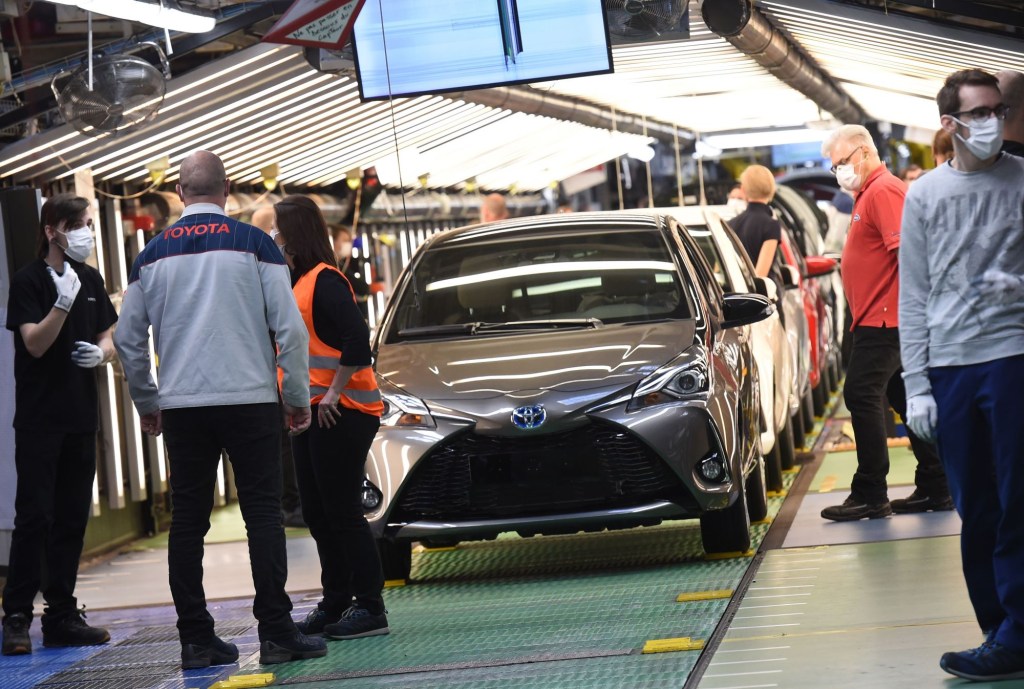
U.S. production of the ever-popular Toyota Corolla began at the Toyota Motor Manufacturing Mississippi, Inc. (TMMMS) plant in 2011. The $1.2 billion factory sits on 1,700 acres with 2 million square feet of production space. Directly employing close to 2,000 team members. The Blue Springs facility produces approximately 170,000 vehicles annually.
In 2014, the Mississippi plant started exporting Toyota Corolla vehicles to the Caribbean, Central America, and South America. In 2015, the 500,000th Corolla rolled off the Mississippi production line. Two short years later, the “one millionth Mississippi-built Toyota” was made.
Toyota invested $170 million into the production of the 12th generation Corolla in 2018. Included in the expansion plans were a $10 million visitor and interactive training center.
Toyota’s largest vehicle manufacturing plant
Toyota Motor Manufacturing, Kentucky, Inc. (TMMK) is home to “Toyota’s largest vehicle manufacturing plant in the world, annually capable of producing 550,000 vehicles and more than 600,000 engines.”
The sprawling facility in Georgetown, Kentucky opened in 1988 and has produced more than 11 million vehicles. TMMK manufactures four-cylinder and V6 engines at the plant. The best-selling Toyota Camry and Toyota Avalon, along with their hybrid counterparts, are also manufactured here. The Lexus ES350 is also a product of this plant.
In addition to vehicles, TMMK manufactures steering components, cylinder heads, machined blocks, camshafts, crankshafts, rods, axle assemblies, and dies. Operations include stamping, body welding, paint, die manufacturing, plastics, engine and axle machining, and vehicle assembly.
Due to supply chain shortages caused by the COVID-19 pandemic, the enormous facility was forced to shut down temporarily. According to Spectrum News 1, “Shutdowns and parts shortages have impacted operations at the plant since the beginning of the pandemic last year.”
The TMMK facility represents a $7 billion investment, with 1,300 plus acres and 8.1 million square feet of manufacturing space. It is the equivalent of 169 football fields under one roof. Virtual tours are currently available.
Production of Toyota pickup trucks, SUVs, and minivans
Toyota Motor Manufacturing, Texas, Inc. (TMMTX) is the production facility for the full-size Tundra and compact Tacoma pickup trucks. Located in San Antonio, the state-of-the-art complex is the “first plant to integrate production facilities for many of our suppliers on the same grounds.” Almost $4 billion has been invested in the Texas plant that employs 2,660 workers. The millionth Toyota pickup truck rolled off the assembly line in 2013.
Toyota Motor Manufacturing, Indiana, Inc. (TMMI) employs more than 7,000 workers. The Princeton, Indiana production facility produces the Toyota Sienna minivan, Sequoia, Highlander SUVs, and Highlander Hybrid models. More than 400,000 vehicles are assembled annually. TMMI recently completed the 30 millionth U.S.-produced vehicle, the 2021 Sienna Hybrid minivan.
There are also Toyota production plants located in Alabama, Virginia, Missouri, and Tennessee. Novato Toyota reported, “In 2018, the automaker built nearly 2 million vehicles at its North American vehicle assembly plants.”
Next, find out how Toyota’s manufacturing is the secret ingredient to its reliability, or get a tour of a U.S. Toyota factory in the video below:
